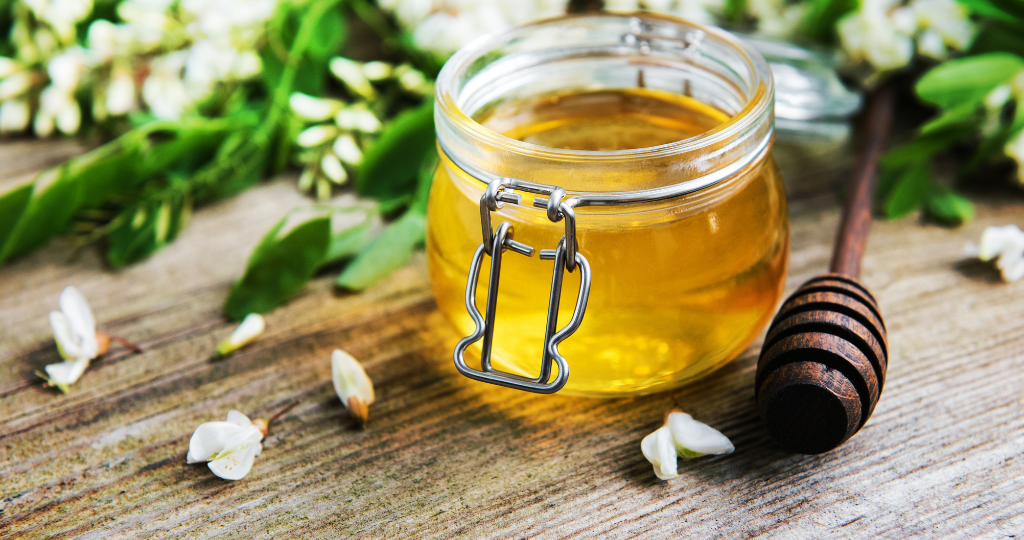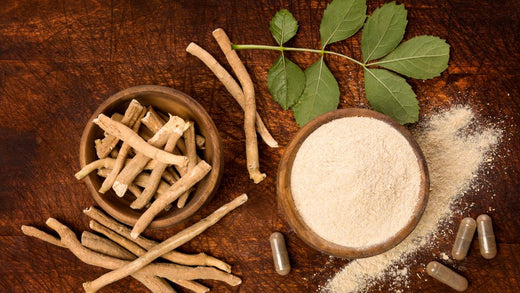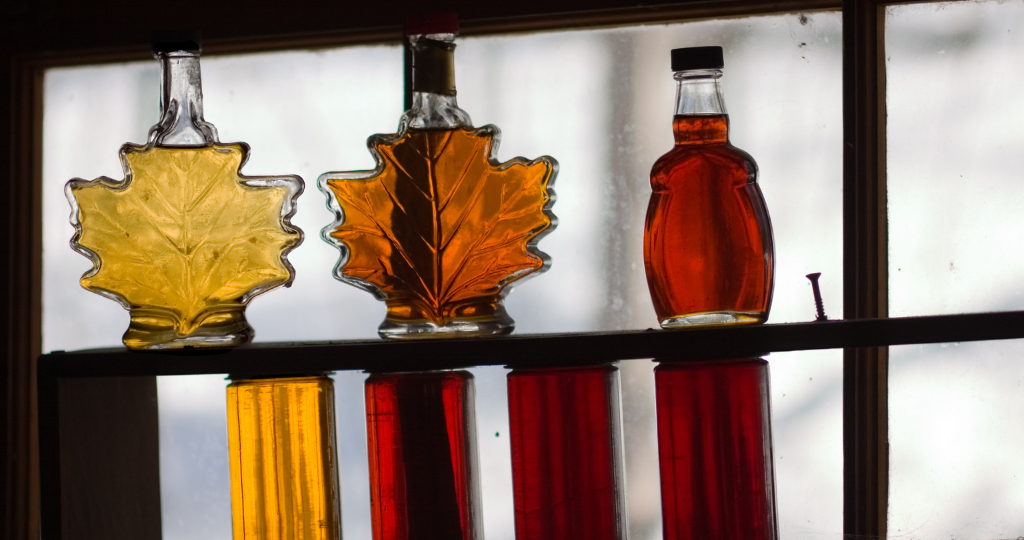Honey's use traces back thousands of years, deeply interwoven with traditional medicines and health practices in cultures globally.
As research reveals healing properties beyond basic nutrition, but the spotlight focuses on two premier varieties - acacia and manuka. While sharing common ground as antioxidant-rich, naturally sweet superfoods from the beehive, subtle distinctions set them apart.
Acacia's mild, delicate flavour comes from bees feasting solely on Robinia flowers in Mediterranean climates. The unique and strong flavour of rare Manuka honey comes from the Manuka myrtle, known scientifically as Leptospermum scoparium, a plant found only in New Zealand.
Each offers unique perks; acacia boasts digestive benefits, while celebrated manuka flaunts advanced antimicrobial qualities. In the section below, we’ll discuss the differences between acacia honey vs manuka honey and find out which one from the both is the best honey.
So, let’s get started.
Differences Between Acacia Honey Vs Manuka Honey
|
Aspect |
Acacia Honey |
Manuka Honey |
|
Source & Origin |
Derived from acacia flower nectar. |
Sourced from the nectar of the Manuka bush. |
|
Appearance |
Clear, mild |
Dark |
|
Taste |
Vanilla |
Slightly bitter notes |
|
Texture & Consistency |
Remains liquid, smooth, thin consistency. |
Thicker, more dense, and suitable for spreading and topical use. |
|
Usage & Application |
The natural sweetener in teas and baked goods enhances sauces/dressings. |
Medicinal purposes, topical application for skin health and healing. |
|
Price & Availability |
Generally more accessible and affordable. |
More expensive due to unique properties |
|
Unique Components |
High fructose content, stays liquid longer. |
Unique antibacterial properties, premium status. |
Origins of Acacia Honey
Acacia honey originates from the nectar of the Black Locust tree, which blooms in spring. This tree is native to southeastern Europe and parts of Asia, but is also cultivated in other locations with temperate climates. Due to the dense concentration of black locust trees, most acacia honey comes from the famous acacia forests in Hungary, Romania, and Bulgaria. These regions offer the ideal climate for acacia honeybees to thrive during the few weeks the trees blossom their sweet white flowers.
Beekeepers carefully monitor the acacia trees to time the placement of their bee colonies so they can capture that highly desirable, rare nectar. When comparing Acacia Honey vs Manuka Honey, it's important to note their unique flavours and textures suited to different culinary uses.
Characteristics of Acacia Honey
Acacia honey is produced from the nectar of the black locust tree, which blooms in spring. Bees gather this nectar and process it into the light, sweet honey known for its clarity and mild floral aroma. When pure and high quality, acacia honey tends to have these defining traits:
- Very clear, pale yellow colour - Almost water white in some varieties
- A delicate floral scent reminiscent of ripe melon or banana
- Thin, runny texture - Not as dense as other types of honey
- Mildly sweet, delicate taste, lacking sharp or tangy notes
- Low pollen content, which makes it easy to digest
- High fructose to glucose ratio, giving quick energy upon consumption
Benefits of Acacia Honey
- Anti-Inflammatory effects: It contains compounds like chrysin, which has demonstrated anti-inflammatory properties in studies. This can help relieve swelling and irritation associated with arthritis or injuries.
- Antioxidant protection: Rich in antioxidants like pinobanksin, pinocembrin and vitamin C, neutralising damaging free radicals and oxidative stress in the body. This supports overall health.
- Wound healing: Research indicates the hydrogen peroxide content contributes to faster healing of burns, scrapes or dermatological wounds when topically applied.
- Digestive health support: Probiotics within acacia honey promote gut health by invigorating the growth of good bacteria in the intestines. This can aid digestion.
- Throat soothing properties: It has a demulcent effect that relieves coughs and irritation by coating the throat. The light texture also makes it easy to ingest.
Things to Consider When Buying Acacia Honey
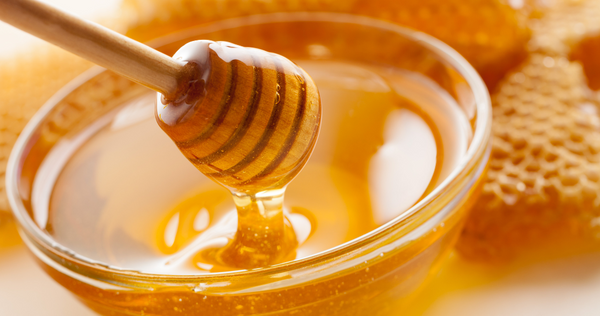
To make sure that you’re buying reliable Acacia Honey, it is crucial to consider the following factors:
- Colour and clarity: True acacia honey is almost as clear as glass, with a light, golden hue.
- Aroma and Taste: Expect a delicate floral aroma with a clean, sweet taste.
- Consistency: It should be runny, thanks to its high fructose content.
- Chemical tests: Real honey has a unique composition; fake ones can't hide from science.
- Homogenisation and heating: The less processed, the better. Heat can destroy honey's natural virtues.
In addition to this do check our range of Orignal Honey products:
Origins of Manuka Honey
Manuka honey originates from the nectar of the manuka bush flower, which grows almost exclusively in New Zealand. This wild bush thrives in the uncultivated high country and certain North and South Island areas.
The distinct environment and climate in New Zealand, with cool winters and temperate summers, offers perfect conditions for the manuka bush to propagate prolifically. As bees collect nectar from these bushes while they bloom mostly during spring and early summer, artisan beekeepers in New Zealand then carefully harvest and process what becomes genuine manuka honey.
Due to the more limited growing region of the manuka bush compared to acacia trees, manuka honey commands a higher price due to its scarcity. Furthermore, when choosing between Acacia Honey vs Manuka Honey for baking, consider how their flavours will interact with other ingredients.
Characteristics of Manuka Honey
Manuka honey comes from manuka bush (also called the tea tree) in New Zealand. You can recognise authentic manuka not only by its source but by several signature properties:
- Thicker, more viscous texture than acacia honey
- Rich dark brown colour with reddish, earthy hues
- Robust, woody aroma
- Distinct bitter medicinal taste
- High pollen grain content under a microscope
- Unique manuka factor (UMF) graded for potency
- High levels of methylglyoxal for advanced wound healing
The higher the UMF grade, the more concentrated the therapeutic methylglyoxal components are in lab-tested manuka honey products. So flavour, colour, smell and texture all help identify quality manuka.
Benefits of Manuka Honey
- Antibacterial qualities: It contains unique manuka factor (UMF) components with antibacterial, anti-inflammatory, and wound-healing properties.
- Supports digestive health: Prebiotic components may promote gut health by feeding good bacteria. If taken regularly, may relieve constipation, acid reflux, and other GI issues.
- Boosts immunity: Antioxidants help fight free radicals & oxidative damage to cells. Anti-inflammatory and antibacterial factors support immune function. If it is taken daily, it may reduce the frequency of common illnesses.
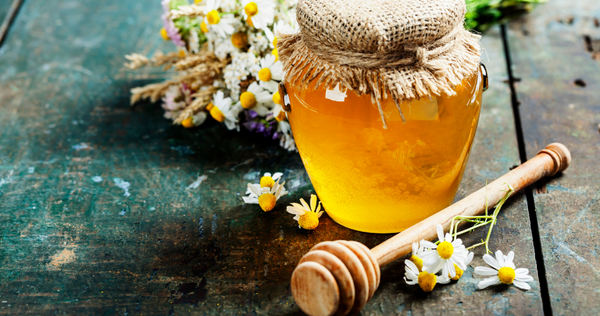
Things to Consider When Buying Manuka Honey
To ensure that you’re getting reliable Manuka Honey, keep a check on the following factors:
- MGO certification: The MGO or methylglyoxal rating measures the Unique Manuka Factor (UMF), indicating the honey's antibacterial strength and purity. Ensure the honey has an MGO rating from the Leptosperin concentration in Leptospermum scoparium trees.
- UMF certification: The Unique Manuka Factor (UMF) certification provides a quality trademark and number rating indicating the honey’s purity. Only buy Manuka honey labelled with a UMF trademark.
- Certified origin: Genuine Manuka honey comes from the Manuka bush (Leptospermum scoparium) found in New Zealand. Check that the label specifies the origin of the certified New Zealand.
- Traceability and transparency: Reputable brands provide thorough traceability from the hive to the bottle, with details on its exact New Zealand regional source. This transparency ensures quality control.
- Sustainable and ethical sourcing: Choose Manuka honey brands that use sustainable apiary practices that respect bee welfare and environmental sustainability. Support ethical brands that build relationships with local beekeepers.
Also, do check our in-depth guide on honey where we have discussed different about different benefits of honey.
What are Major Differences?
1. Source & Origin
Acacia honey comes from bees feeding on the nectar of Black Locust trees found in places like Europe and North America. Manuka honey only comes from the manuka bush blooms in New Zealand.
2. Appearance
Acacia honey tends to look pale yellow and clear, similar to white wine. Manuka honey looks much darker - more of an amber or reddish-brown shade, kind of like dark beer or tea.
3. Taste
Acacia honey is delicate and floral with some sweet vanilla notes. Manuka honey tastes much richer and earthier. It is described as slightly bitter but still sweet, with hints of molasses.
4. Texture & Consistency
Acacia honey flows smoothly and easily dissolves into liquids. Manuka honey has a thicker, gritty texture and is stickier, more like a gel. This makes manuka easier to mix in with extra stirring.
5. Usage & Application
Mild-tasting acacia honey works nicely in yoghurt, baked goods, and dressings without taking over other flavours. The strong medicinal taste of manuka makes it best to just have a spoonful alone for health rather than use in cooking or tea.
6. Price Differences
Common acacia honey costs less for everyday use to sweeten foods and drinks. Manuka honey is priced much higher due to small supplies and labour expenses to test its one-of-a-kind medicinal quality. This makes manuka a luxury for special health remedies rather than an affordable kitchen pantry staple.
Conclusion
Acacia and manuka honey each offer unique flavours and health benefits. Whether you're looking for a gentle, sweet flavour or a powerful antibacterial agent, both kinds of honey provide something special.
Understanding their differences and knowing what to look for when purchasing can help you choose the right honey for your needs.
Check Other Honey Comparisons:
Maple Syrup vs Honey | Manuka vs Buckwheat Honey | Clover vs Wild Flower Honey | Neem vs Munuka Honey | Set Honey vs Clear Honey | Sugar vs Honey vs Jaggery | Wild Flower vs Regular Honey | Organic vs Regular Honey

